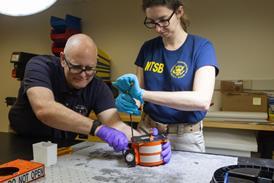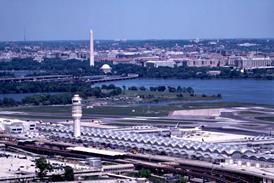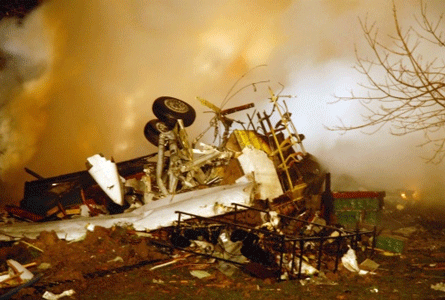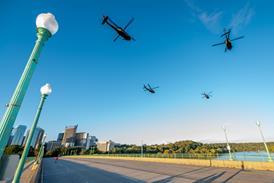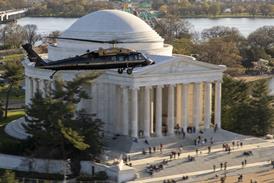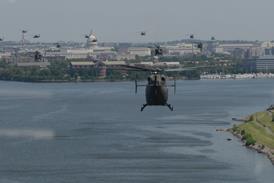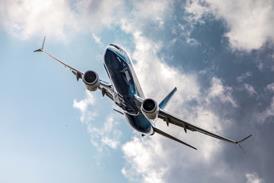Alan Dron
The last Saab 340 and 2000 have been delivered, and the Swedish manufacturer's production line has ceased rolling - at least so far as complete aircraft are concerned.
Of 459 Saab 340s and 63 Saab 2000s built, slightly more than 300 are in Saab Aircraft Leasing's (SAL) portfolio and attention is now concentrated on preserving the value of the fleet, says SAL president Lars Flodman.
His company's presence in Paris will be low-key: "When you're building aircraft, you're geared towards selling. Now, we're in another niche."
It is a niche, he says, which is a particular strength of Swedish organisations. "If you look at multinational Swedish companies, they are very focused on what happens after delivery."
SAL believes that conditions are right for a new cycle of start-up airlines to emerge in the USA and that this will provide fertile territory for placing Saab 340s which come out of existing leases.
Historically, start-up airlines in the USA that prosper start to grow out of the small routes on which they began their services, says SAL. This pattern is being repeated once again, as existing regionals introduce 30- to 50-seat jets.
Those jets tend to be unprofitable below sectors of less than 250nm (400km), says Flodman, leaving a gap into which 30-seat turboprops can move. The traditional start-up equipment for young airlines, 19-seat aircraft, will become less acceptable, he believes: "Eventually, you won't be able to run a 19-seater into the major airports; they don't want you to take up that airspace."
Latest customer for Saab Aircraft Leasing is British Airways franchise partner Loganair, which operates a network of services within Scotland. Its two Saab 340Bs will start services on 1 July, serving destinations on the Scottish mainland and in the Orkney and Shetland Islands, off the northern coast.Source: Flight Daily News

